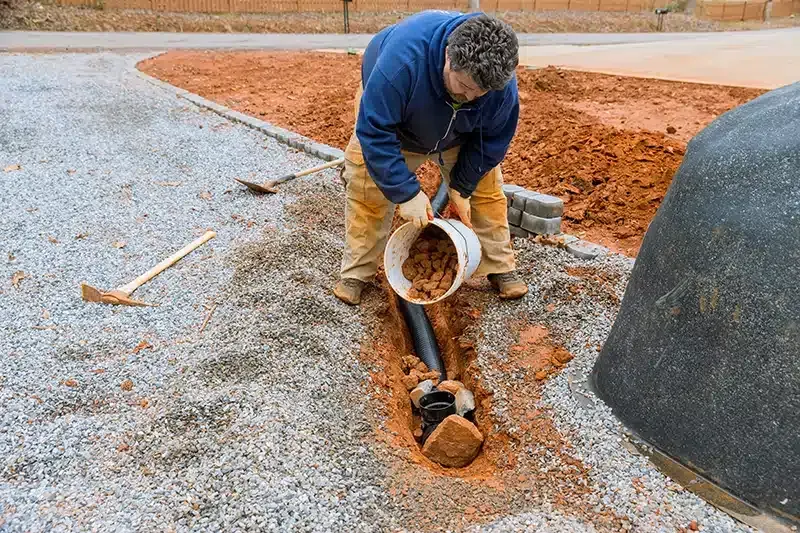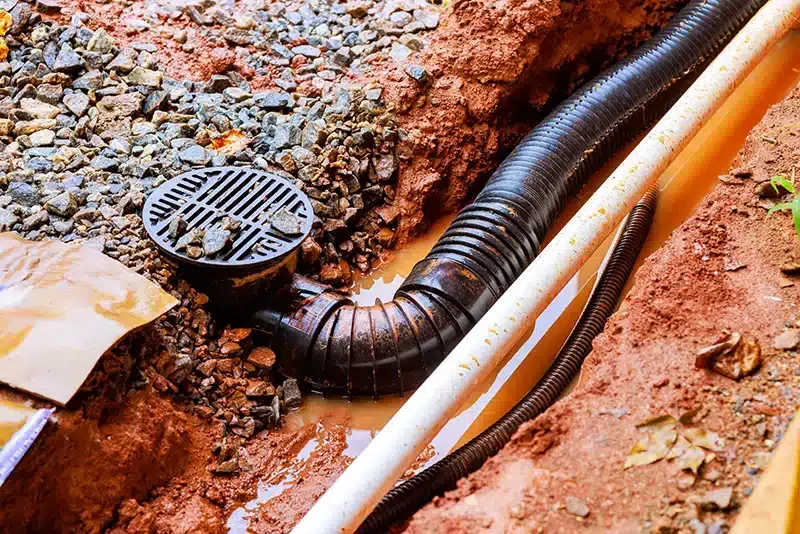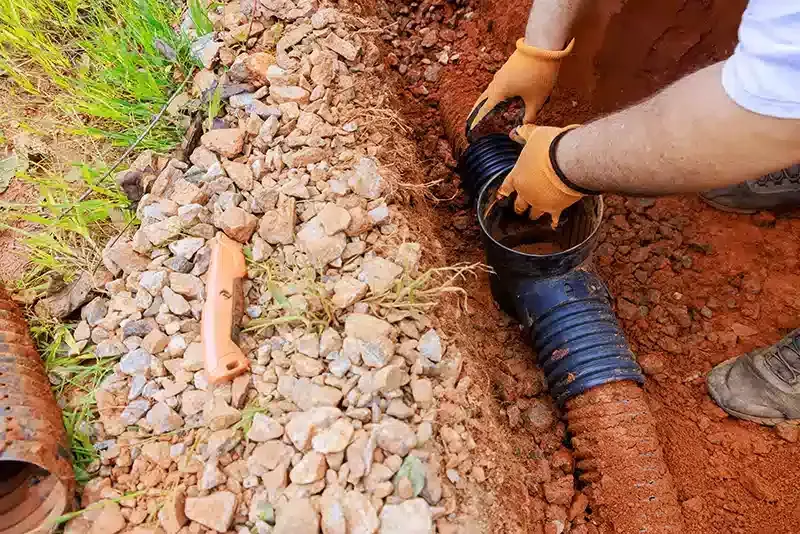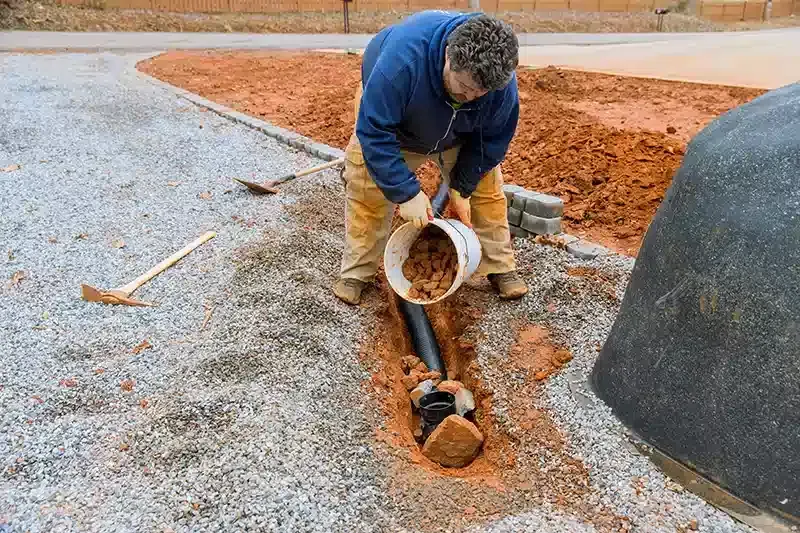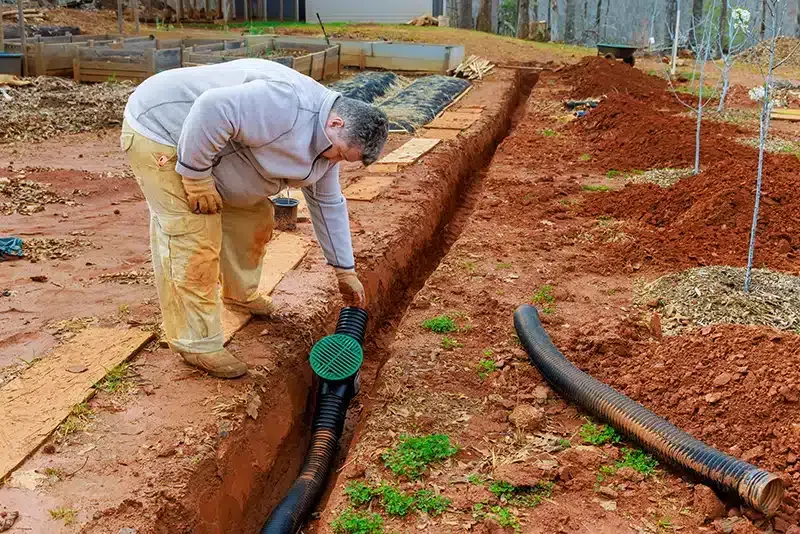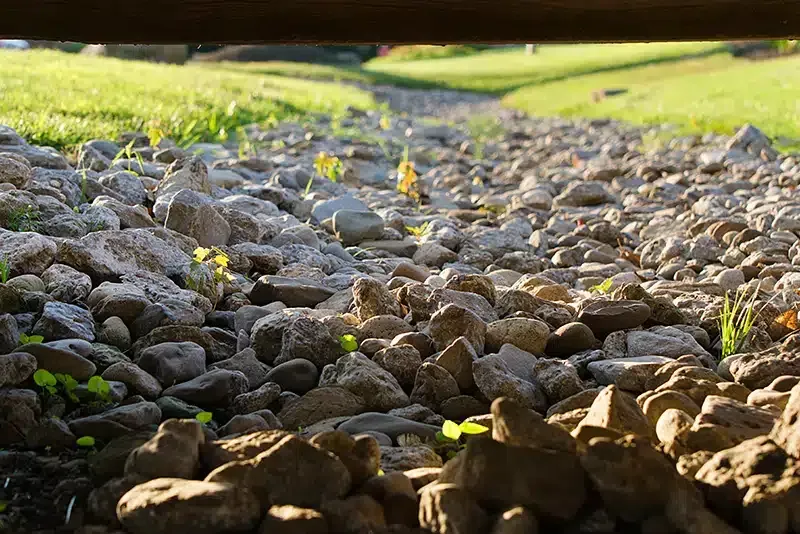How Can You Improve Yard Drainage Without Major Renovations?
How Can You Improve Yard Drainage Without Major Renovations?
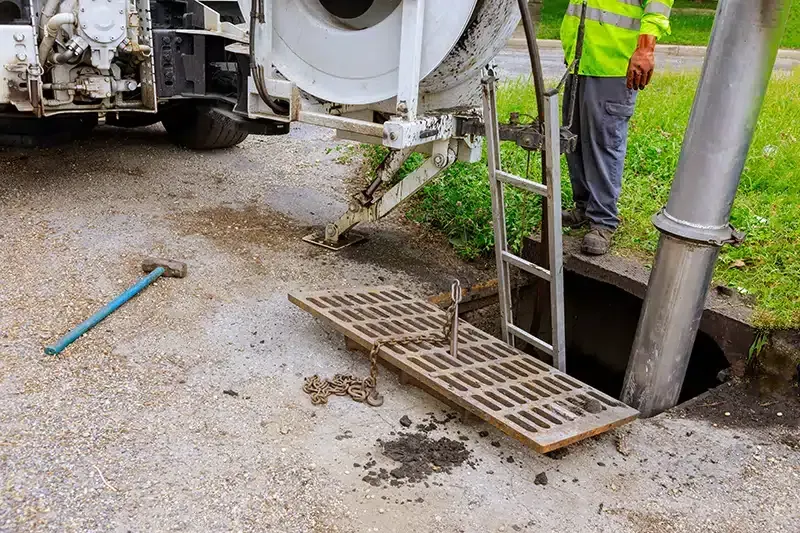
You're not alone if you're struggling with water pooling in your yard. Many homeowners face drainage issues that require effective yard drainage solutions to prevent muddy patches and unhealthy plants.
Luckily, you don't need a complete overhaul to improve the situation. You can make several straightforward adjustments that require minimal effort and expense.
Are you curious about these solutions? Let's explore some effective strategies for enhancing your yard's drainage.
Assessing Your Yard's Drainage Issues
Understanding your yard’s drainage patterns is the first step toward protecting your property from water damage.
Identifying Problem Areas
Begin by carefully observing how and where water collects after rainfall.
- Pooling water: Indicates low-lying or poorly graded areas.
- Improper slope: Yard should direct water away from your home’s foundation.
- Compacted soil: Prevents natural water absorption and runoff.
Investigating Contributing Factors
Several elements in your landscape can impact how well your yard drains.
- Clogged gutters or downspouts can cause overflow and ground saturation.
- Soil type: Clay retains moisture; sandy soil promotes better drainage.
- Tree and shrub roots may block or redirect water flow unintentionally.
Planning the Next Steps
Accurate assessment leads to practical drainage solutions.
- Note drainage patterns: Helps identify the correct remedy, such as French drain installation or regrading.
- Consult a professional: For complex or persistent residential drainage system problems.
Assessing your yard's drainage issues will guide you toward long-lasting, practical solutions that protect your home and landscape.
Simple Solutions for Better Water Management
Once you’ve pinpointed drainage problems, there are easy, practical steps to improve water flow in your yard.
Practical Water Redirection Techniques
Minor adjustments can make a big difference in managing excess water.
- Shallow trenches or swales: Redirect water away from low spots.
- Mulch application: Absorbs moisture and improves soil permeability.
- Rain barrels: Collect gutter runoff for reuse in irrigation.
Enhancing Soil and Surface Absorption
Improving how water interacts with your landscape helps prevent pooling and erosion.
- Permeable pavers or gravel pathways: Allow water to seep into the ground naturally.
- Native deep-rooted plants: Increase water absorption and stabilize soil.
- Soil aeration: Loosens compacted soil to improve drainage.
These simple, cost-effective solutions help you manage water sustainably while maintaining a healthy, attractive yard.
Maintaining Your Improved Drainage System
Regular maintenance is key to ensuring your drainage improvements remain effective over time.
Routine Checks and Cleaning
Frequent inspections help prevent clogs and water buildup that can compromise your system.
- Gutters and downspouts: Remove leaves and debris regularly.
- Drains and ditches: Clear sediment and obstructions.
- Swales: Inspect for erosion and repair as needed.
Monitoring and Adjustments
Stay alert to signs of drainage issues and make timely corrections.
- Soil moisture: Watch for pooling or soggy areas.
- Re-grading: Adjust slopes to encourage proper water flow.
- Runoff observation: Check system performance during heavy rains.
Maintaining your drainage system ensures long-lasting protection for your yard and home. Proactive care prevents costly repairs and water damage.
By regularly inspecting and addressing issues early, you preserve the health of your landscape. A well-maintained drainage system is a wise investment in your property’s future.
